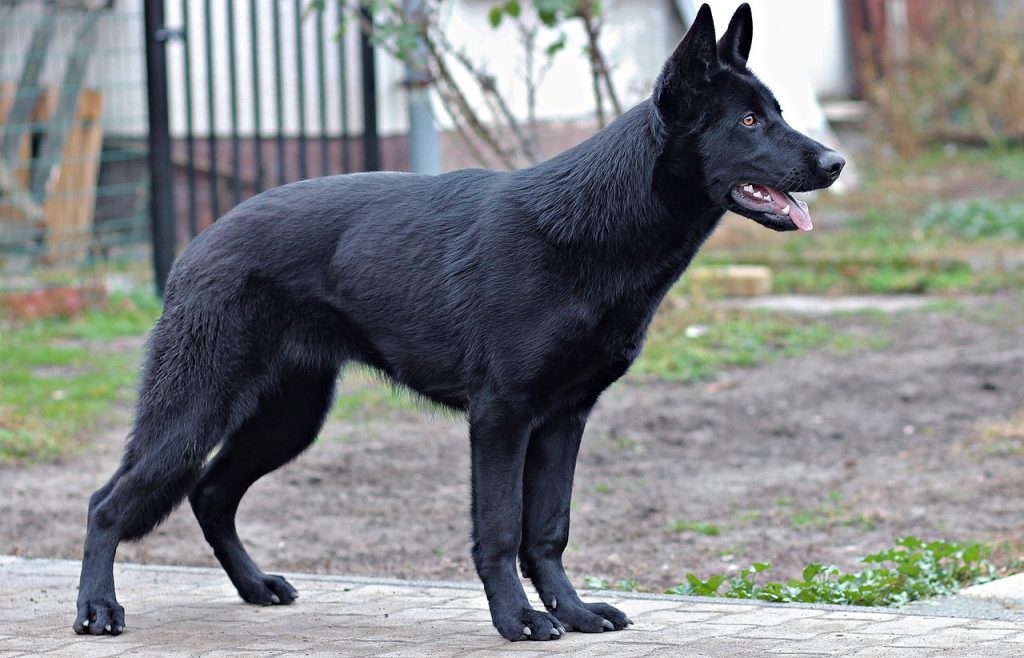Are you curious about how many bones in a dog? It may surprise you to discover that an average adult dog has about 319 bones! This blog post will get down to the bare bones of dog physiology, giving a detailed account of where these bones are located and their functions.
Let’s embark on this fascinating journey to understand our furry friends better!

Key Takeaways
- On average, adult dogs have around 319 bones in their bodies, which is more than humans.
- The number of bones can vary depending on the size and breed of the dog.
- Dogs also have about 700 muscles that help them run fast and jump high.
- Common bone disorders in dogs include arthritis, hip dysplasia, osteosarcoma (bone cancer), intervertebral disc disease, patellar luxation (dislocated kneecap), and fractures. These conditions should be diagnosed and treated by a veterinarian.
How Many Bones Does a Dog Have?
Dogs have more bones than humans. On average, an adult dog has about 319 bones in total. This number can change with the size and breed of the dog. The extra bones come from their teeth and other parts of their skeleton.
The number of bones also depends on the length of a dog’s tail. For example, dogs have 7 neck (cervical) bone pieces, 13 chest (thoracic) ones, 7 lower back (lumbar), 3 hip area (sacral), and between 20-23 tailbone parts.
Dogs also have about 700 muscles that let them run fast and jump high. Knowing how many bones a dog has helps vets care for your pet’s health.
Common Bone Disorders in Dogs
- Arthritis: Arthritis is a common bone disorder in dogs, especially among older dogs. It causes inflammation and stiffness in the joints, making it difficult for them to move comfortably.
- Hip Dysplasia: Hip dysplasia is a condition where the hip joint doesn’t develop properly, leading to pain and difficulty in walking. It is prevalent in certain breeds and can be hereditary.
- Osteosarcoma: Osteosarcoma is a form of bone cancer that commonly affects dogs. It usually occurs in the long bones of the legs and can be quite aggressive, requiring prompt medical attention.
- Intervertebral Disc Disease: This disorder affects the discs located between the vertebrae in a dog’s spine. When these discs degenerate or become herniated, it can cause pain, paralysis, and difficulty with movement.
- Patellar Luxation: Patellar luxation is when the kneecap becomes dislocated from its normal position. It can cause lameness or limping and may require surgery to correct.
- Fractures: Dogs can experience fractures from falls, accidents, or trauma. Fractures may vary in severity, but they should always be treated by a veterinarian to ensure proper healing.
Note: Bone disorders in dogs should always be diagnosed and treated by a qualified veterinarian.

Conclusion
In conclusion, dogs have around 319 bones in their body, which is more than humans. The number of bones can vary depending on the size and breed of the dog. Understanding a dog’s anatomy and bone structure can help veterinarians and pet owners take better care of their furry friends.
FAQs
1. What is the dog skeletal system?
The dog skeletal system, part of a canine’s musculoskeletal system, is made up of bones and joints that support and shape a dog’s body.
2. How many bones does a dog have?
Adult dogs have more bones than humans because their vertebral column has more parts, including the tail.
3. Can puppies bone count be different from an adult dog?
Yes! Puppies have even more bones as some of their skull, jaws, vertebral column and other pieces fuse together as they grow up.
4. Does a canine’s anatomy affect its movement?
Dog musculoskeletal and skeletal systems strongly impact locomotion in dogs; it enables them to run fast or jump high!
5. Is there any difference between human versus dog bone count?
Absolutely! Humans usually have 206 bones while dogs, with tails included in the calculation can reach up to 319.


